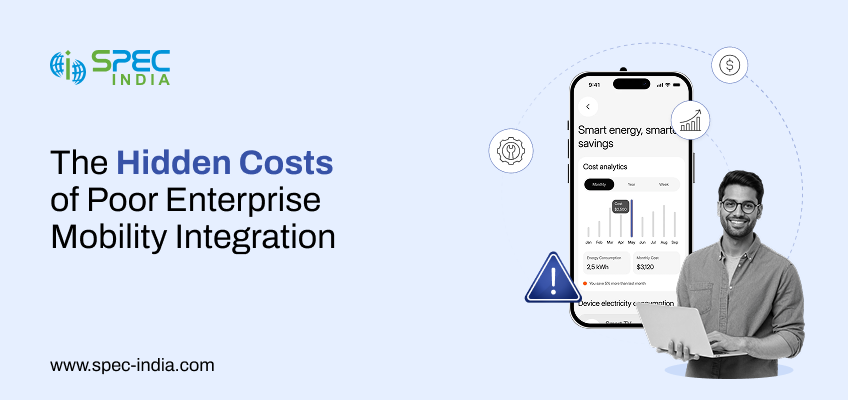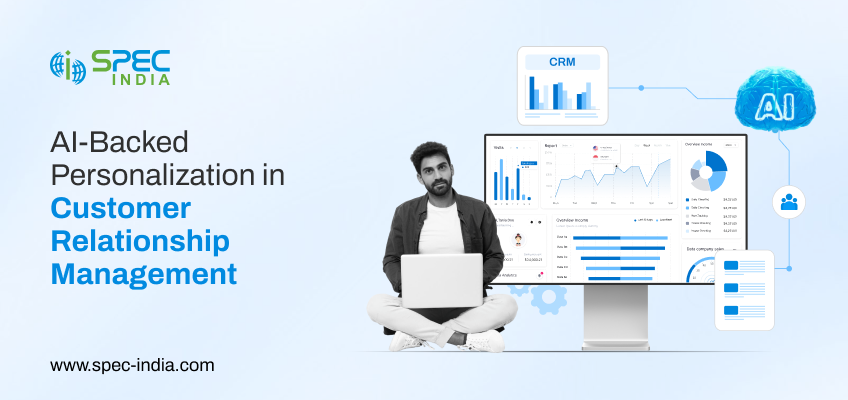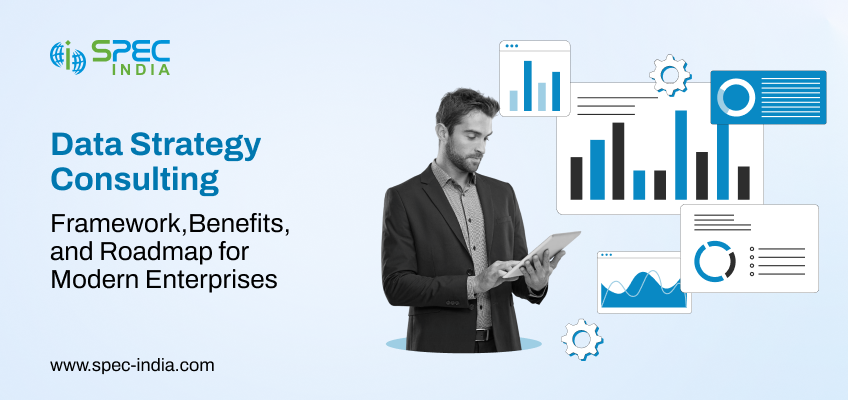
Digital Transformation in Energy: A Detailed Explained
Digital transformation is no longer a fancy term; it has become a dire need. According to the International Energy Agency,...

ERP Modernization: Avoiding the Common Traps That Drain Enterprise Budgets
You agreed to modernize your ERP systems means you definitely want to cope up with the advanced market requirements or...

The Hidden Costs of Poor Enterprise Mobility Integration
Have you ever experienced a mobile app crash during a crucial client call, or noticed sales reps working with outdated...

Why Enterprises Fail Without Web App Integration for Process Automation
Do you know that an organization loses up to 20–30% of its annual revenue due to inefficiencies caused by disconnected...

How AI in CRM Drives Personalized Experiences and a Seamless Customer Journey
Businesses are introducing new ways to interact with and attract customers, which is a dire need for any business to...

Data Strategy Consulting: Framework, Benefits, and Roadmap for Modern Enterprises
Consider this for a minute: your business produces data on a daily basis. There is no lack of information regarding...

